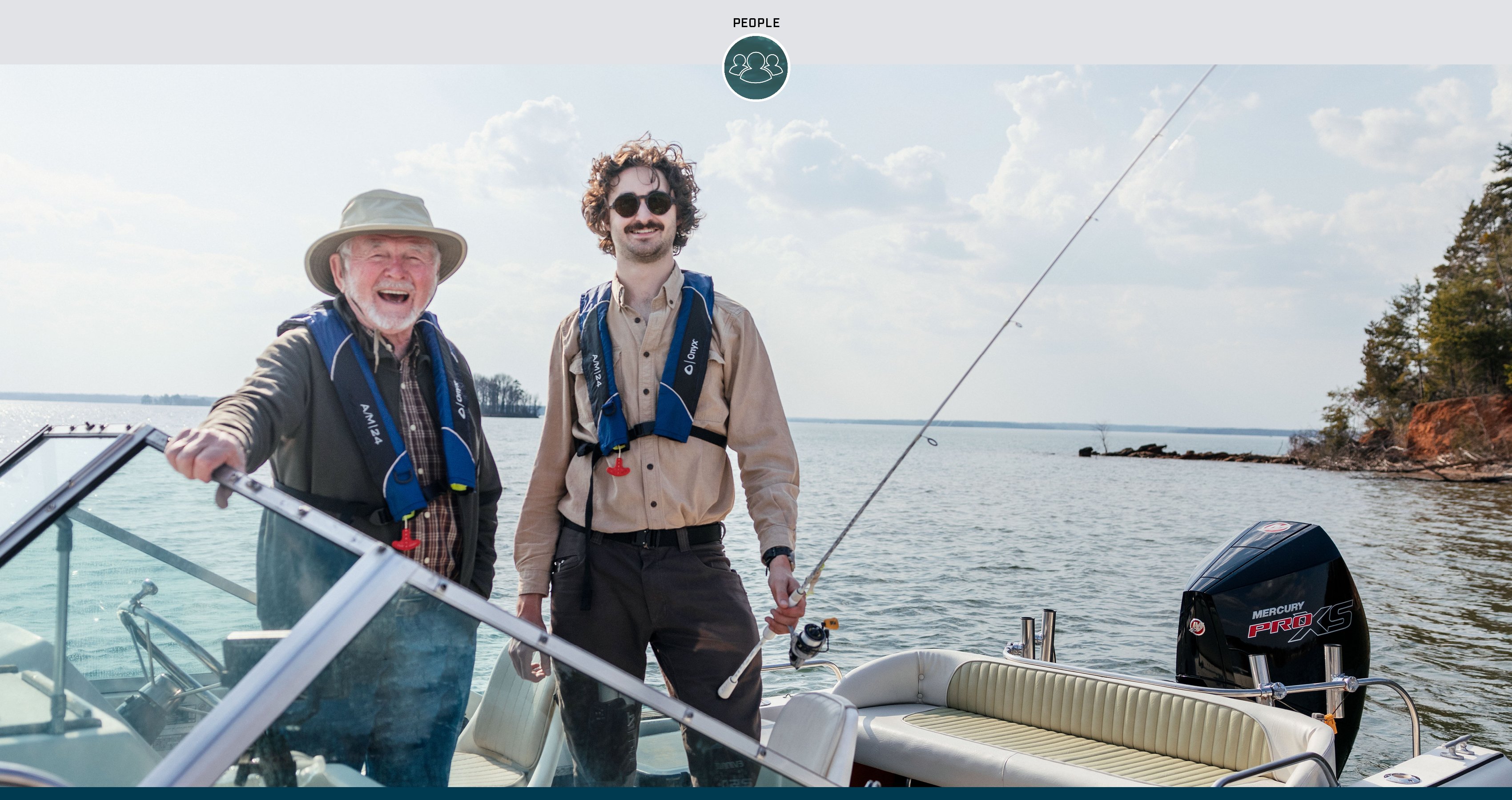What is torque and why is it important for an outboard?
Torque is a measure of twisting force. Specifically, it’s the amount of force that causes an object to rotate. When you consider that an outboard moves a boat by rotating a propeller, you see why torque is so important.
“Because the engine is turning a prop, more torque basically equals more thrust,” said Fregonese. “There’s a direct correlation between torque and thrust. Therefore, when you have more torque, you accelerate faster.”
Acceleration is the performance metric where torque has the most impact, and it’s a priority for Mercury’s product development team.
“Acceleration is always in the top three of our pillars when we’re doing a new program,” Fregonese explained. “From all the customer surveys we do, acceleration almost always rises to the top of what boaters want. And that’s coming from customers.”
Acceleration is vital for hole-shot performance and getting a boat on plane. By increasing acceleration, the engine can level off the boat sooner, giving the driver more control and a better, safer view of the water in front. Torque becomes especially important when accelerating a heavy load – say, a pontoon with a full crew or a heavily loaded offshore fishing boat. It’s the muscle that gets a heavy load moving.
Fregonese and the rest of the product development team at Mercury keep these and many other boating scenarios in mind as they’re testing and developing engines. The Mercury V8 250hp Pro XS® outboard is a great example. When developing the 250hp Pro XS, the team set high targets for torque and acceleration to make sure the final product satisfied the demands of performance-obsessed bass boat owners.
“In the bass market, those boaters get very laser-focused on performance,” Fregonese said. “Top speed is huge, obviously, but hole shot is a big deal for them, too, especially if they’ve got a tournament load.
“With that engine, we were able to generate 12 to 15% more torque than a leading competitor engine at mid-range, which we measured at 3750 to 4750 rpm on that engine. Then you can see the correlation. There’s more torque, and the 250hp Pro XS leads its class in acceleration.”







